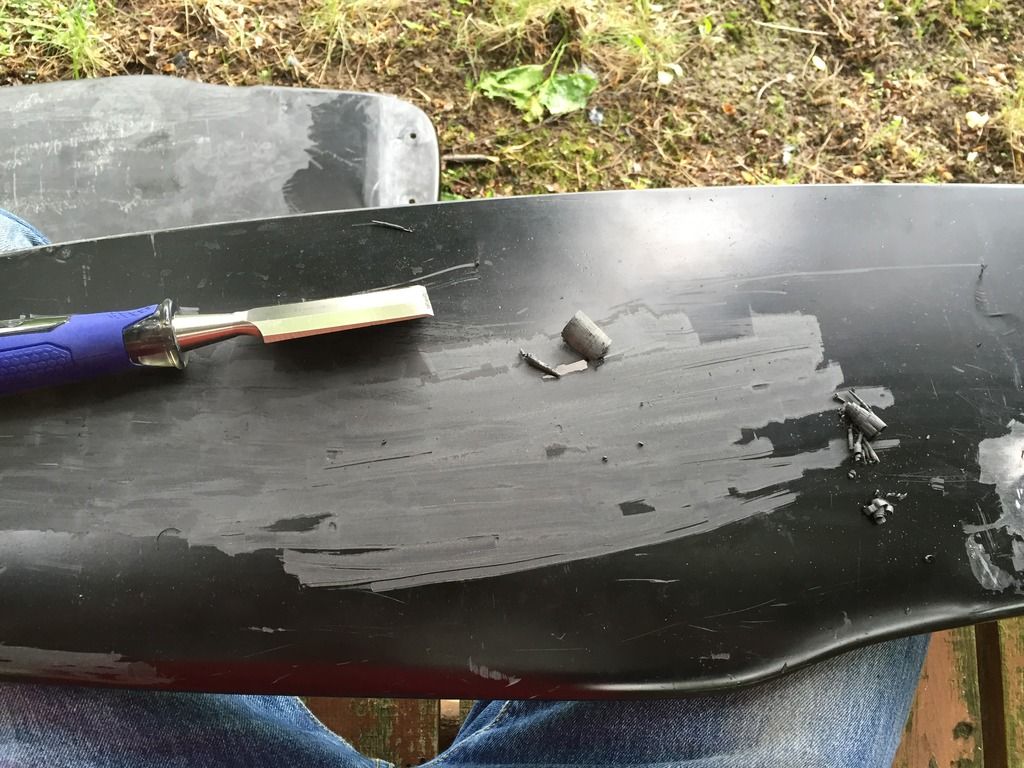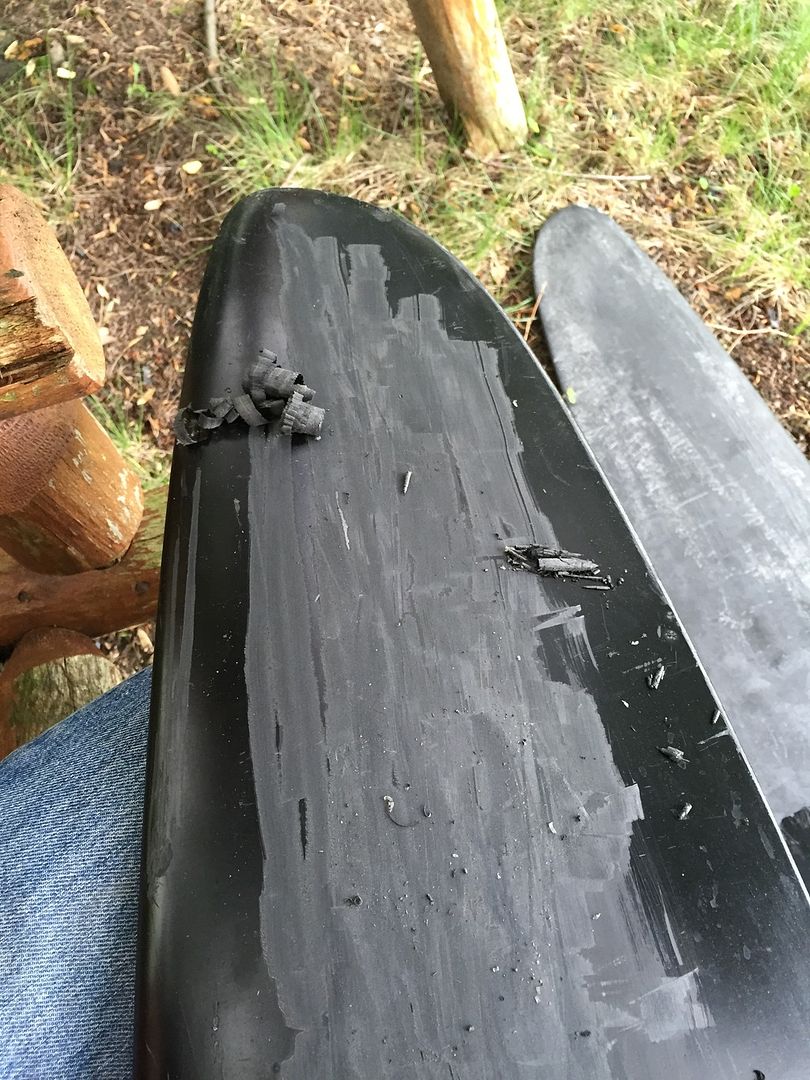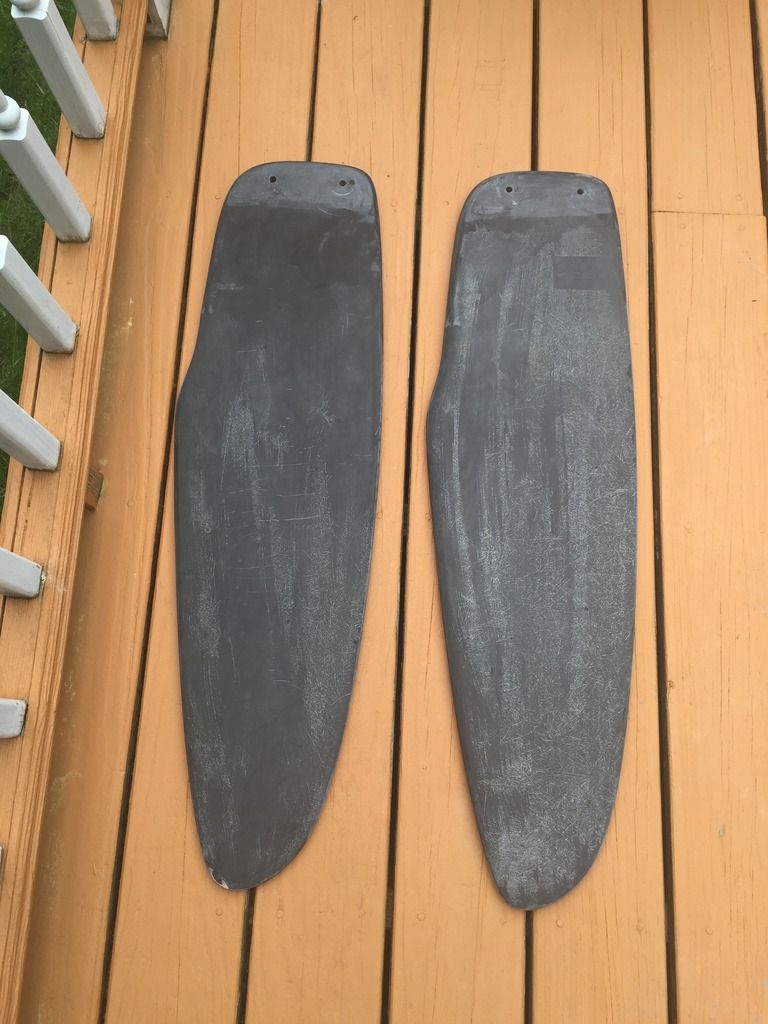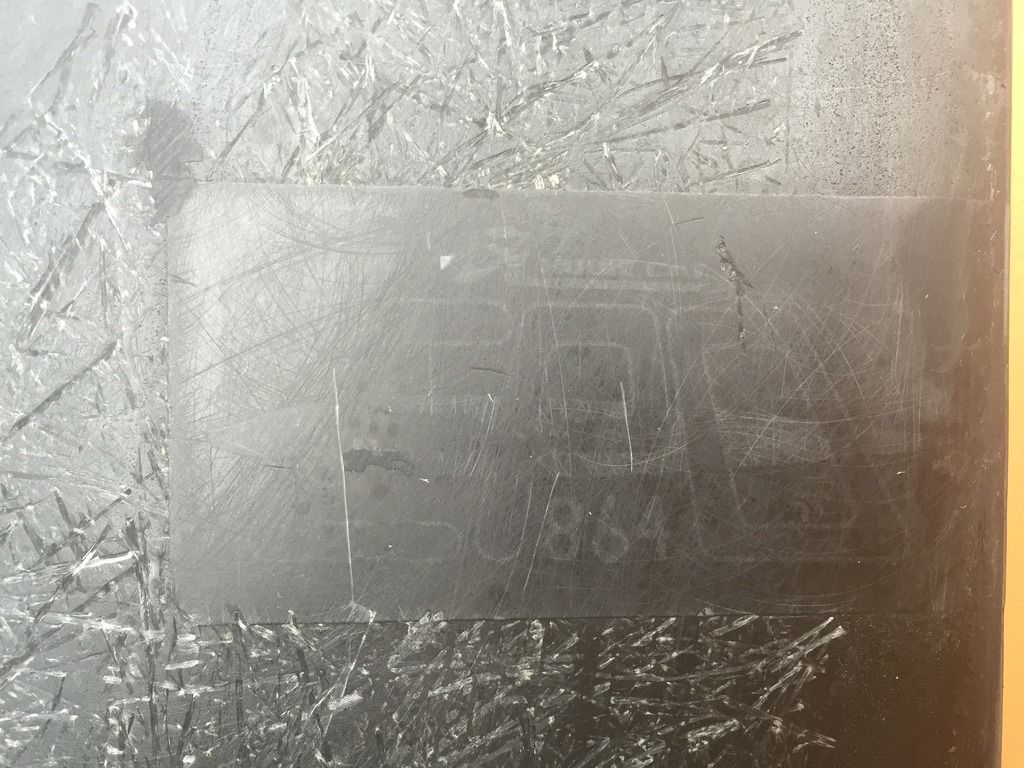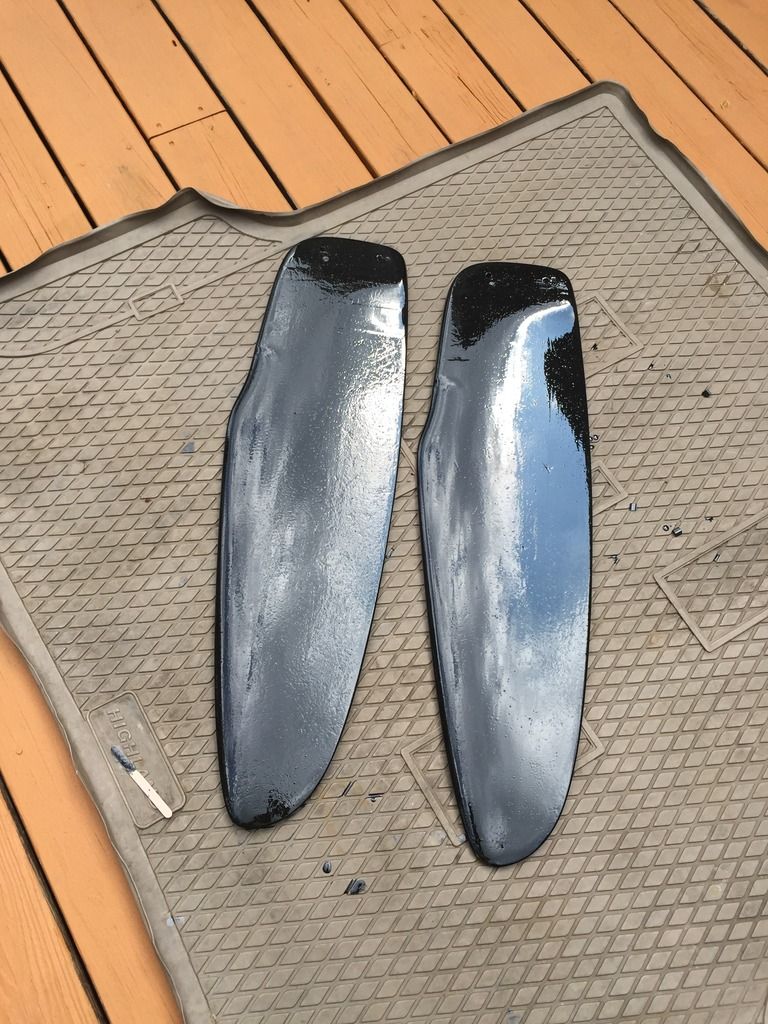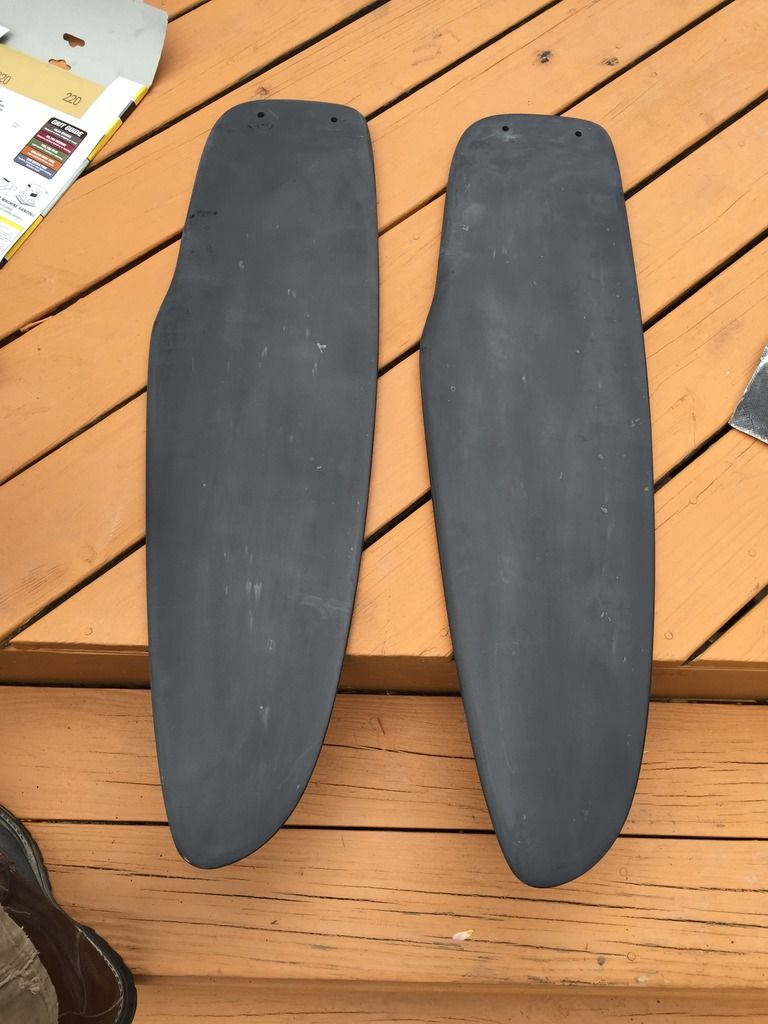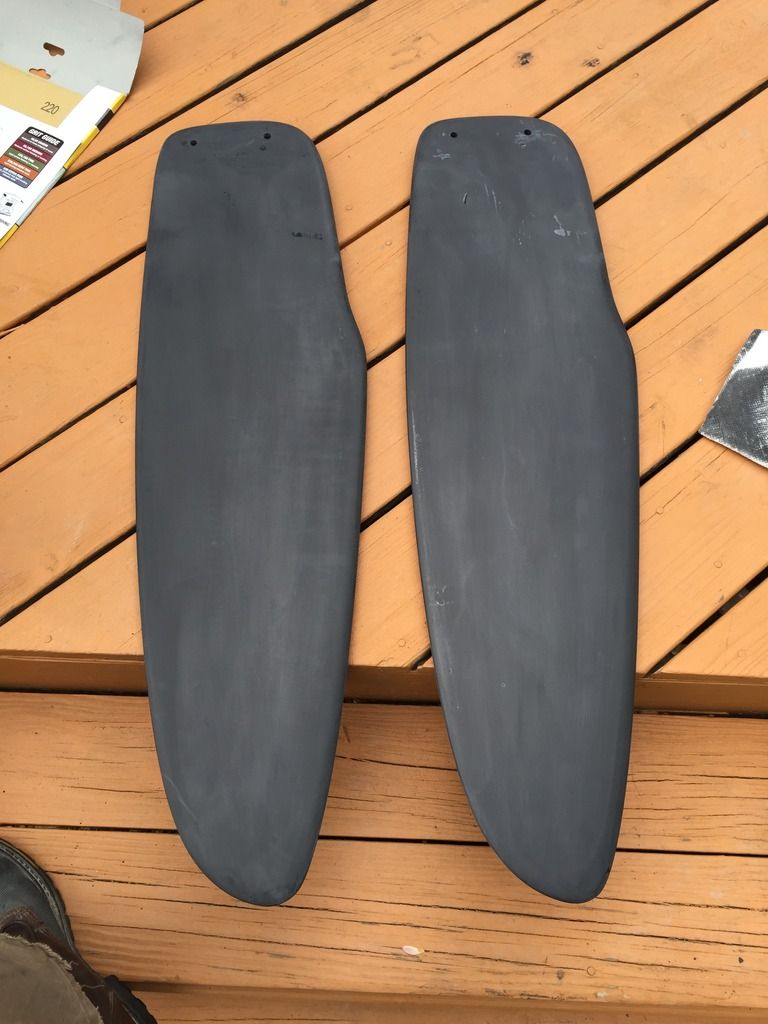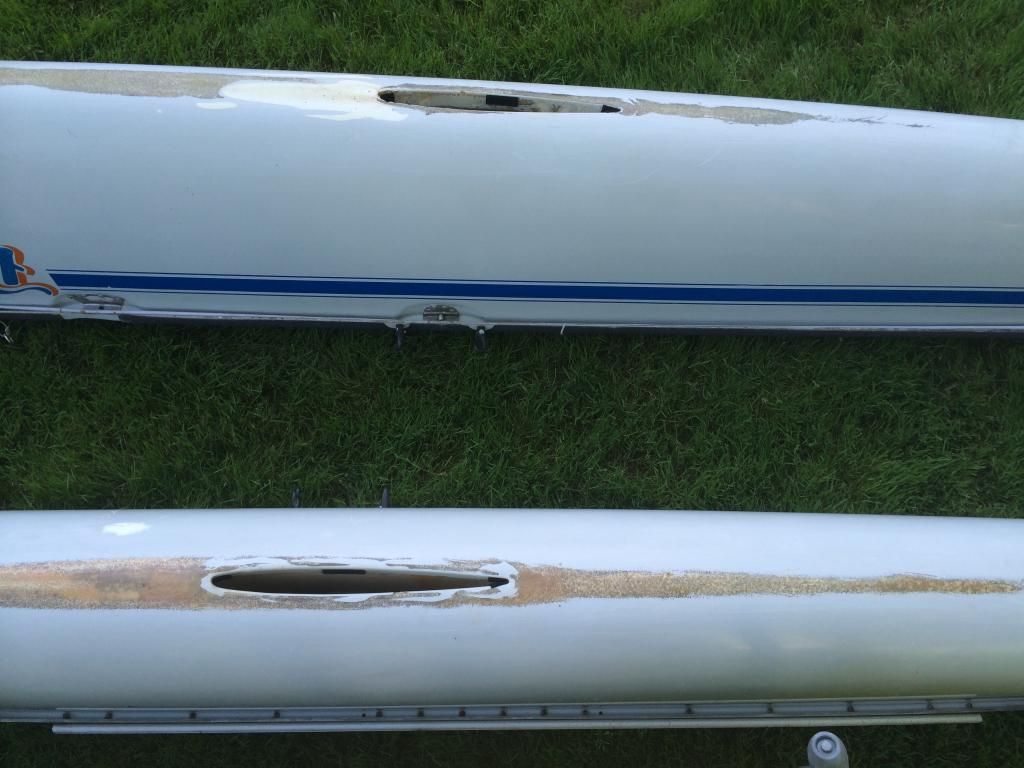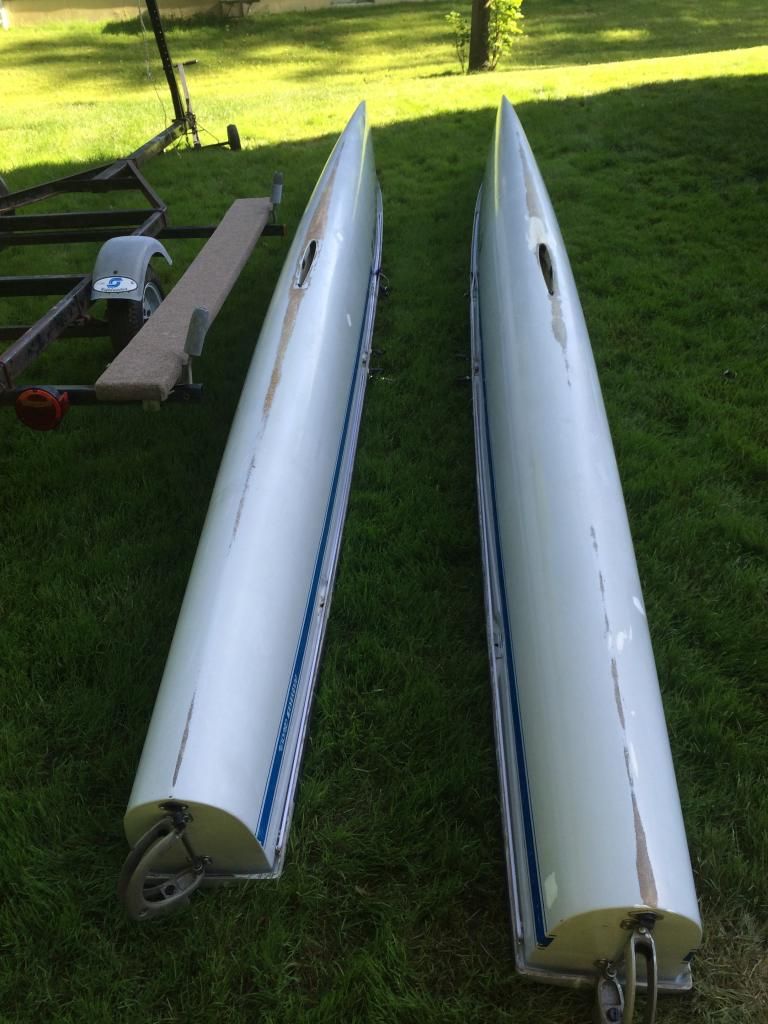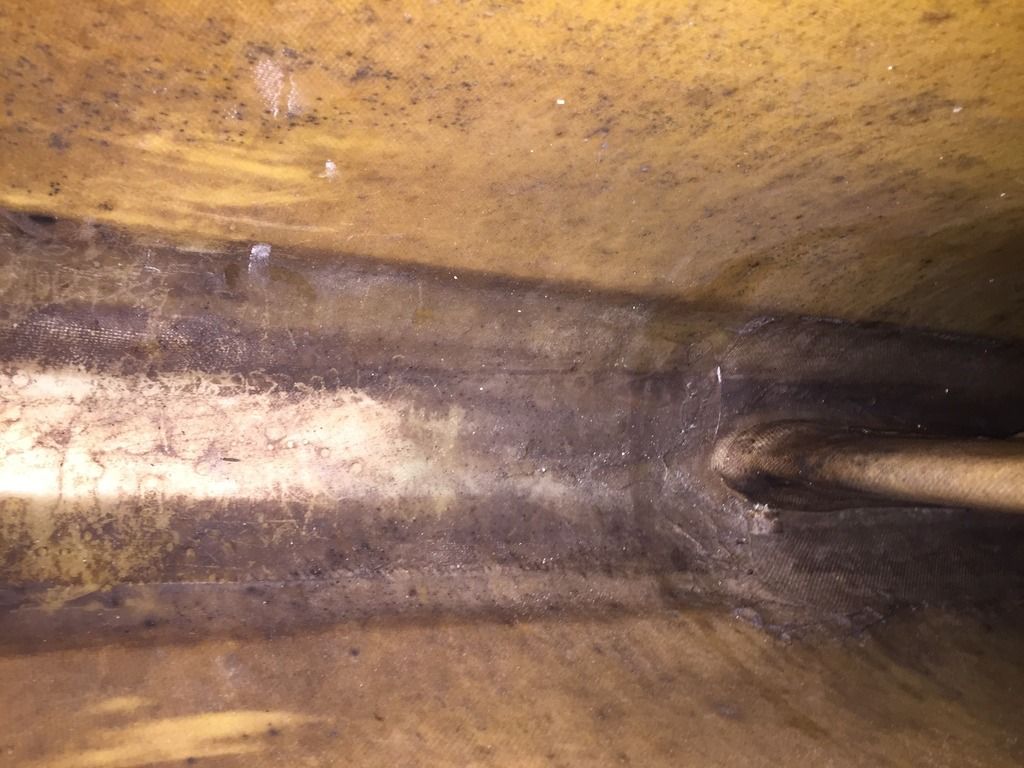Thanks srm, I was leaning towards using epoxy, I just wanted to see if anyone strongly recommended vinylester instead. It seemed to me that most people used epoxy.
I had thought they were originally epoxy as well, but in his Hotline article "Fine Tuning Rudders" (
http://www.w1dm.com/projects/hotline/11 ... OTLINE.pdf), Matt Bounds suggests that the rudders were originally made from vinylester, which is apparently "produced by the esterification of an epoxy resin with an unsaturated monocarboxylic acid" (thanks wikipedia

). So I suppose that still makes sense? Supposedly the Vinylester is considerably stronger and more UV resistant than polyester and epoxy, although softer, and is much less viscous as a resin. It's also supposed to be far more resistant to water absorption and corrosion, though I expect epoxy isn't very absorptive on it's own either. It's much more expensive, less common, and as a result, harder to find.
My understanding is that the graphite helps with the UV resistance, but not that much (perhaps just by preventing the UV from penetrating further into the epoxy?). I'm considering a can of white spray paint for a topcoat. The black paint got very hot in the sun, which I think contributed to the peeling issue. First they bubbled, then with use, they peeled. But definitely not enough surface prep beforehand.







